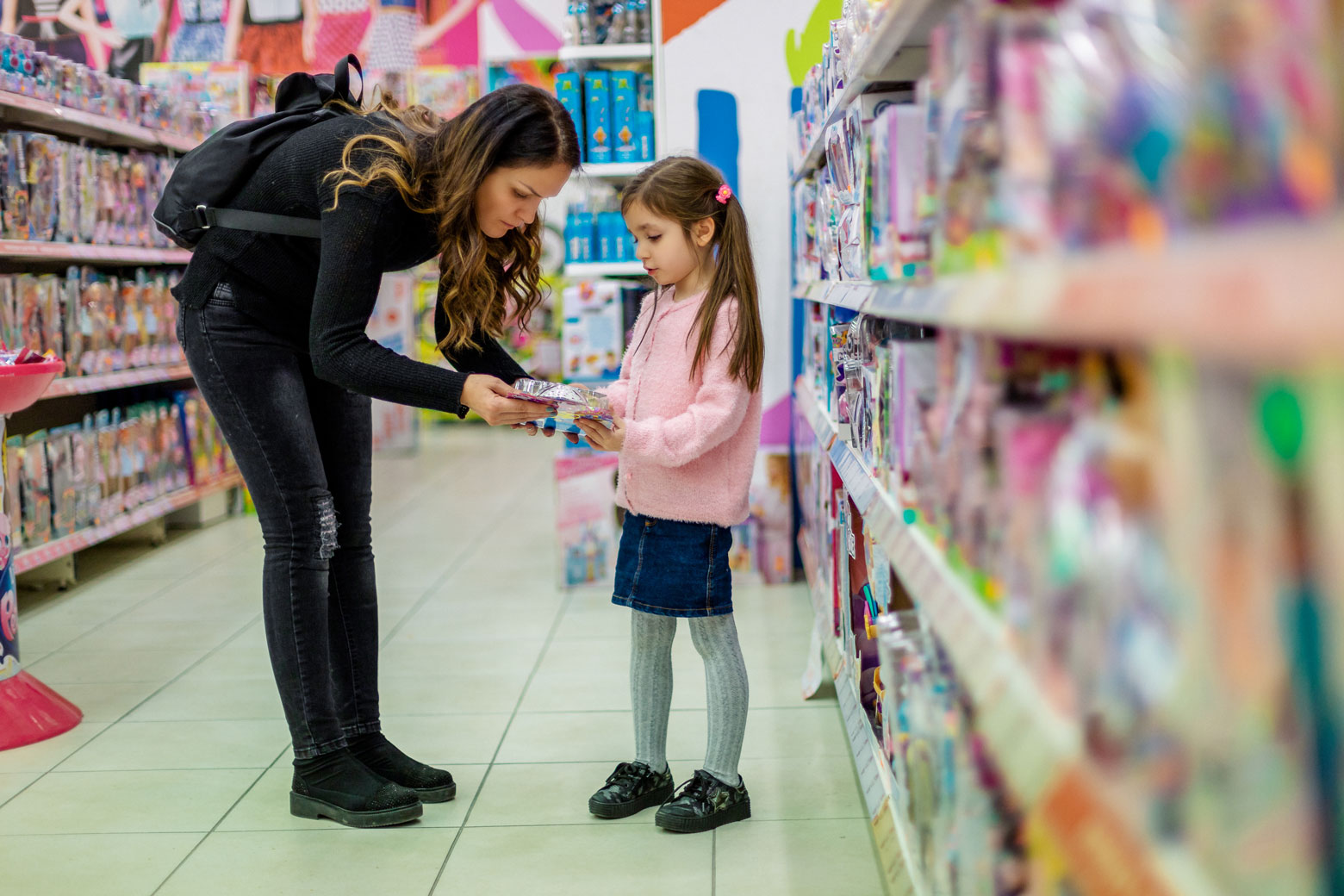How to Keep Playtime Safe

What was your favorite toy growing up?
Did you carry around a stuffed animal until the stuffing was practically all falling out? Or maybe it was a doll you dressed up every day.
Toys are vital in the development of children. They teach problem-solving skills, sharing, motor skills, coordination, imagination, and more.
However, children’s curiosity and imagination during development can place them at risk for choking and strangulation when playing with toys the wrong way. Starting with sensory play, very young children often pick things up and put them in their mouths. As they get older, this gets more dangerous when they are mobile and can walk all around the house just looking to find the next cool toy.
Unfortunately, toys can have some unintended consequences.
In 2020, hospital emergency departments in the United States responded to an estimated 198,000 toy-related injuries. Nine of these injuries resulted in death.
Children of all ages can suffer injuries from toys.
Many of these injuries are bumps, cuts, and bruises, but some may be more harmful, such as suffocation or choking, which could result in death. It’s all fun and games until someone gets hurt. The following tips are easy actions to keep your child safe.
When buying toys — what should I be thinking about?
Read the warning label.
It is required all toys for ages 3-6 to have warning labels. These labels tell you for what ages the toy is safe, and why the toy is not safe for children under a certain age. It is common to see ‘choking hazard’, ‘suffocation hazard’, and even’ fall hazard’ on labels.
Look for toys that are well made.
Toys can easily fall apart- like a stuffed animal that loses its button for an eye, or a brick that falls off a construction set. Pieces that break off are especially hazardous to children because they are small. When this happens, kids can easily choke on the small parts.
Avoid marbles, small round objects, and coins.
These are all choking hazards and should be kept out of reach from young children. One way to double-check is to think; if the toy can fit inside an empty toilet paper roll, it is probably too small for your child. But that’s not all. Just like some toys can be dangerous, many household objects can also potentially injure children. Choking, suffocation, and strangulation, in general, are the top causes of death in young children.
You can keep your child safe from potentially dangerous household items.
Keep cords out of reach.
Laptop chargers, TV cables, phone wires, and so many other cords are common nowadays all around the house. When these cords are sitting or dangling across the floor, however, curious children can quickly get wrapped up in the cord. Blind cords are an often-missed hazard that dangerously hangs down from windows and invites curiosity. Make sure these cords are rolled up and out of reach!
Watch out for long strings, ribbons, or pieces of fabric.
Like cords, long and thin pieces of material can quickly get wrapped around a child’s neck or body. Strings can often be parts of toys or clothing that should be removed.
Make sure meals are safe.
Children have small mouths and tiny throats. Mini, round, or hard foods are discouraged for children under 5. That includes nuts and seeds, popcorn, marshmallows, and even pieces of a hot dog. Cut food into pieces that are smaller than a dime.
Children should always be sitting up, not playing or on their backs when eating. The food can go straight down into the stomach where it’s supposed to go, allowing for proper digestion.
Get trained in CPR.
CPR is lifesaving. In emergencies like suffocation and choking-related incidents, CPR can help someone breathe and get oxygen to the rest of their body. CPR training courses are offered locally and virtually.
There are many other tips and strategies to avoid choking, suffocation, and strangulation.
To learn more about preventing toy-related injuries and keeping a hazard-free space, visit healthychildren.org or contact the Injury Free Coalition for Kids, a program supported by The Children’s Trust, at 305-243-9080.
Written by Olivia Perez, M.D. candidate, with Julie Belkowitz, M.D., M.P.H., Lyse Deus, and Oneith Cadiz, M.D.
Tags: child safety, children health, Dr. Julie Belkowitz, Dr. Oneith Cadiz
